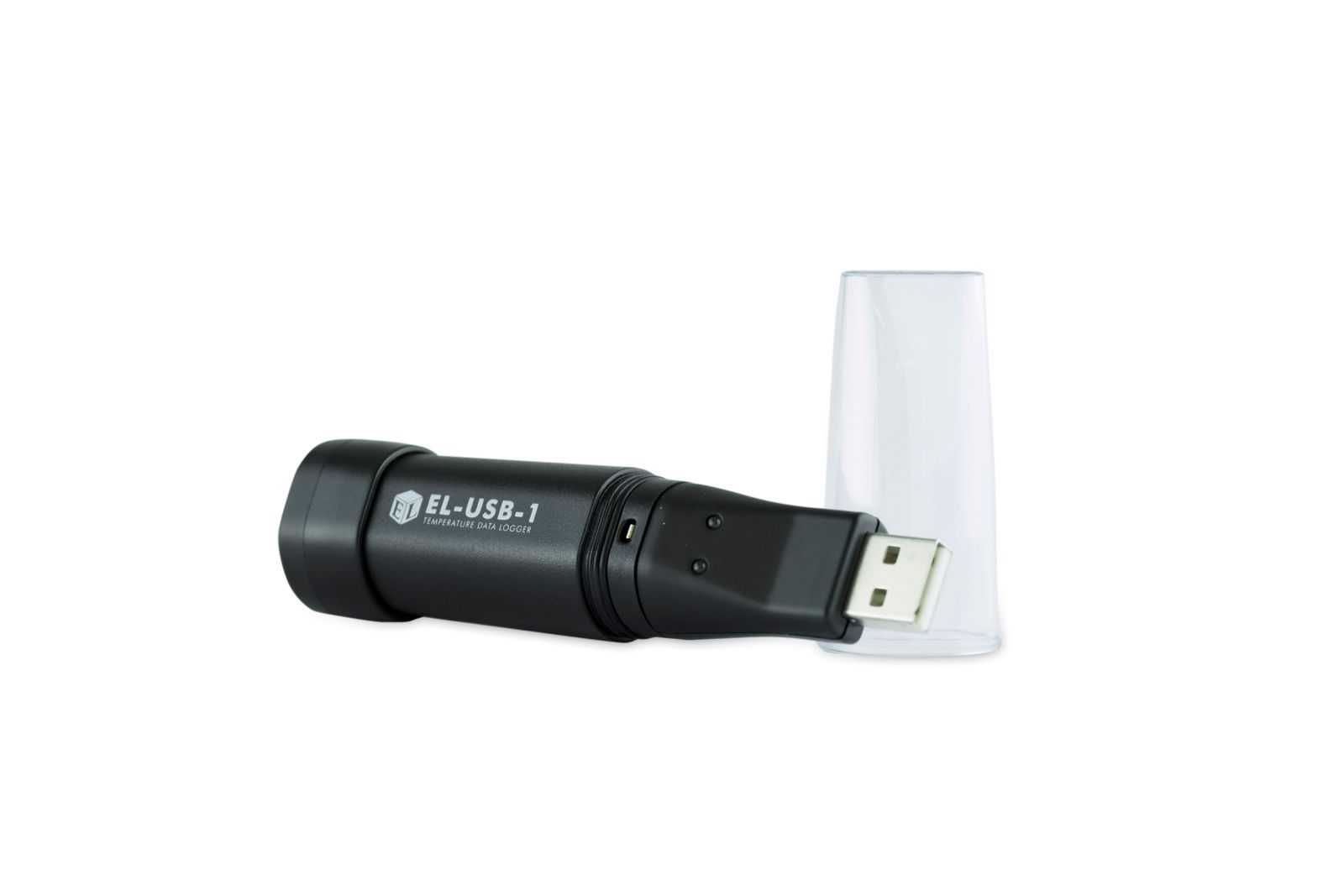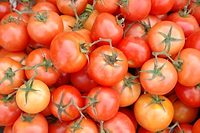Growing up on the Hood Canal in Washington state, Scott Grout always enjoyed sampling oysters and clams. Tempted by the promise of a more relaxing work schedule, it was to this famous export that his attention turned once more. Scott and his wife, Ginger, decided to ditch the corporate life to start Gold Coast Oyster, LLC in 2000. Seven years into growing their business, their dream became a reality with eight full-time employees maintaining and harvesting 100 leased tidelands as well as 4 acres of their own.
Oysters grow on the surface while clams sit a few inches below the sand. In both cases, as soon as the tide starts to go out, Scott, Ginger, and their team go to work. Each tidal cycle is about 6 hours, which limits work to outgoing and incoming tidal routines. The Hood Canal produces a marketable oyster in about 5 years, so a beach worked one year might not be visited again for another three. Harvesting occurs year round, although recent outbreaks of the bacteria Vibrio—which can make humans sick if consumed in raw or undercooked shellfish—has limited the team’s activity during the summer.
“We have four main wholesalers up and down the West Coast that we send our oysters and clams to,” says Ginger. “Some of those wholesalers are based as far away as Southern California, so the transport of our shellfish can take up to 48 hours. We have very strict time and temperature control rules for any journey that the shellfish take from beach to wholesaler. Exposure to spikes of high temperatures can destroy the product. We have to make sure that their environment remains cool and constant.”
Gold Coast Oyster uses Lascar’s temperature data loggers to help them safeguard their product during harvesting and  transportation.
transportation.
Monitoring temperature is essential to ensure that food distributed throughout the industry is both safe and suitable for consumption. The distribution of food has always been problematic. Products must always be kept under specific temperature conditions during transit. Foodborne illnesses affect around 48 million people a year. That is about one in six people. Continuous temperature monitoring is needed to ensure that products are safe for consumption.
Furthermore, the U.S. Food and Drug Administration (FDA) established the Food Safety Modernization Act, which focuses on preventing contaminated products from reaching consumers. Failure to monitor the fluctuations in temperature can reduce consumer protection, resulting in deadly foodborne illnesses and massive recalls. If you are unable to accurately measure and monitor the temperature in every phase of the process—from manufacturing to distribution to retail—you may find yourself in serious trouble with FDA.
To help them through this process, Gold Coast Oyster, LLC purchased temperature data loggers from the Pennsylvania-based company, Lascar Electronics, which services all of North and South America.
"These loggers have simplified the monitoring process enormously," says Scott. "We simply stick each unit into the USB port, choose their sample rate—say once an hour—and set an alarm that tells us whether a certain high temperature has been reached during transportation. Then, we throw them into the boxes with the product for their journey. If an alarm is reached during transportation, then our wholesalers can tell because the unit has a flashing red light that they'll see when they open up the boxes. Even if no alarm goes off, all those readings can be downloaded in a graph, and we can see exactly what temperatures the produce was exposed to."
To date, Gold Coast Oyster has invested in multiple temperature data loggers. They are using these daily to monitor shellfish during harvesting and transportation. They can also create records for FDA. However, that's not the only way they are using the data loggers.
Scott says, "From my perspective, global warming is here, and it's not just an issue of rising temps in transportation. At low tide, our beds are exposed, and at high tide, they're covered. As the air gets warmer, the sea gets warmer. Vibrio is on the rise in the Pacific Northwest, and it's associated with warmer air and water temps. I'm using some of these loggers to measure air temperature out on the beds to see whether what I think is happening really is."
Using temperature data loggers is an extra precaution that Scott hopes all other shellfish farmers invest in. While it’s unclear how many people are affected by Vibrio every year, the infection can be deadly. The Hood Canal has the largest number of oyster hatcheries in the world. Since the market is very competitive, Scott can’t afford to put his team and consumers at risk by second-guessing what happens to his products as a result of global warming or during transportation.
When continuous temperature monitoring is needed, data loggers are a more cost-effective solution than hard-wired sensors, which can be expensive to install. Loggers can be deployed immediately without the need for installation, saving you time and money.
Gold Coast Oysters uses Lascar’s EL-USB-1 temperature data logger.
Lascar Electronics is an ISO 9001:2015 accredited company that supplies product directly to customers throughout the world and through its network of over 100 global distributors and resellers. For more information on the EL-USB-1 or other products by Lascar, visit LascarElectronics.com.



